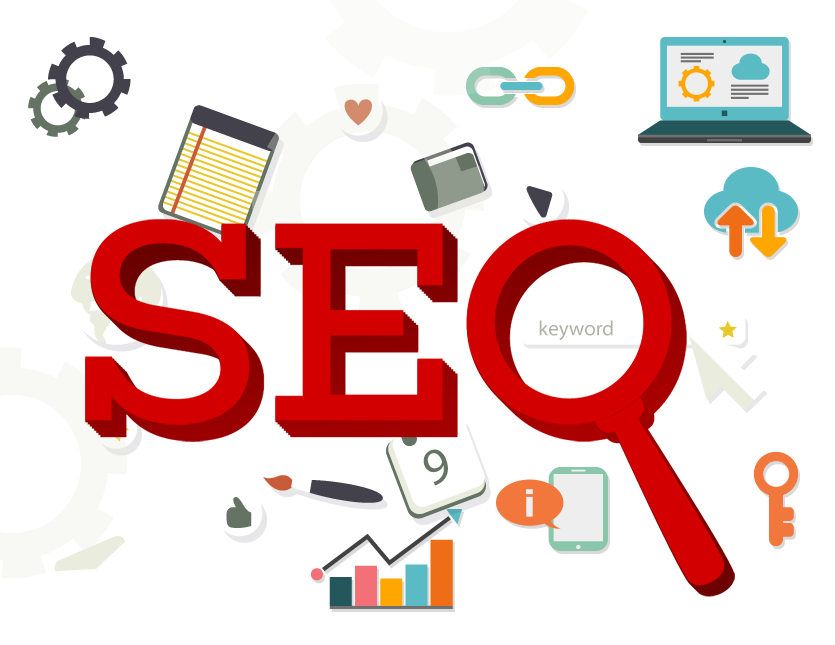7 Types of SEO
There are a total of 7 types of SEO. A brief description and advantages of each are mentioned below.
1. White-Hat SEO
When you hear someone say white-hat SEO, that means the SEO practices that are in-line with the terms and conditions of the major search engines, including Google. White-hat SEO improves your search engine ranking on the SERPs while regulating the integrity of your website with the search engine’s terms of service.
2. Black-Hat SEO
Black-hat SEO exploits weaknesses in Google's search algorithm to rank higher in its search results. Spammy or paid link-building strategies, keyword stuffing, cloaking, etc., are used to get ahead in the search engine results. These practices give instant results, but they can impact your website negatively if detected by Google. Hence, it is advised to avoid black hat SEO
3. Gray-Hat SEO
It’s an SEO practice that’s riskier than white-hat SEO. That’s because the gray-hat SEO practices belong neither to the white-hat nor black-hat category as the terms and conditions regarding the issue are unclear. However, using gray-hat SEO practices will not result in site ban from search engines. In simpler terms, the material or content that you publish in accordance with the gray-hat SEO remains ill-defined. Knowing the gray-hat SEO practices can save your website from losing traffic as you will be well-aware of the negative consequences, which will help you adopt fair practices.
4. On-Page SEO
On-Page SEO is the process of optimizing web pages’ title tags, internal links, HTML code, URL, images, and many other on-page elements to improve rankings and user experience. Search engine optimization (SEO) for on-page factors includes
5. Off-Page SEO
You can think of off-page SEO as everything you do outside of your website to help it rank higher in Google's search results. It includes getting good social media advertising, getting clients to give you good reviews on online forums, and getting links from credible websites in the same field as you.
6. Technical SEO
The primary goal of technical SEO is to assist Google's bots in successfully crawling, interpreting, and indexing your website's pages. For example, creating an extensive XML sitemap and making your site mobile-friendly are only some tactics used to help web spiders filter and categorize your pages based on their content. For more information, see our post on technical SEO.
7. Local SEO
Local SEO strategy for local businesses is one of the most important types of SEO as it helps the business become more visible in local search results on Google. Local SEO helps businesses reach the local audience by analyzing their behavior through trillions of searches. If you use local SEO practices, then your local business has the opportunity to rank higher in the search results and the local map pack at the same time. This, in turn, helps grow your business and increase traffic to your website.

